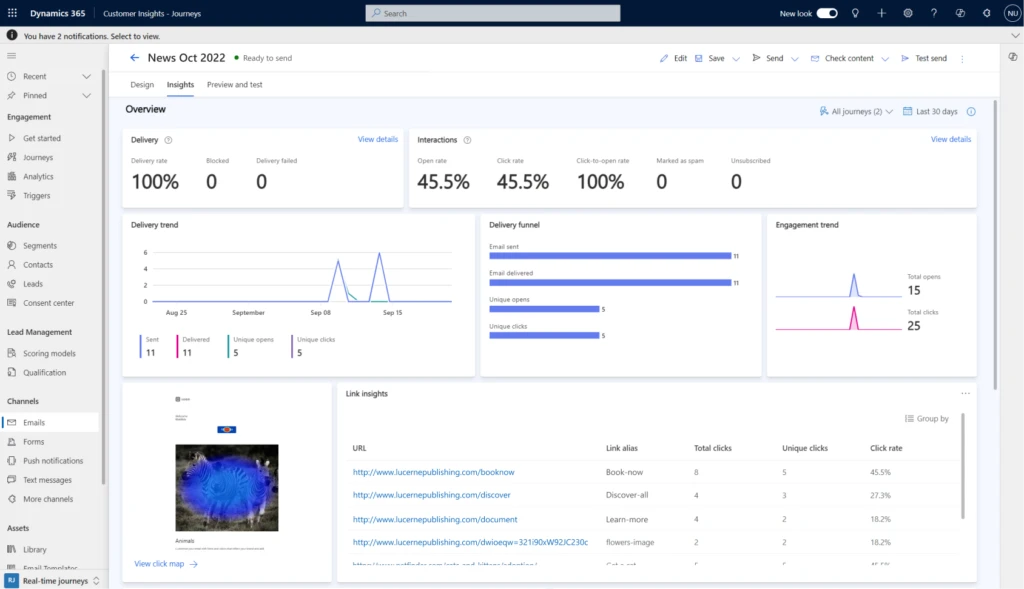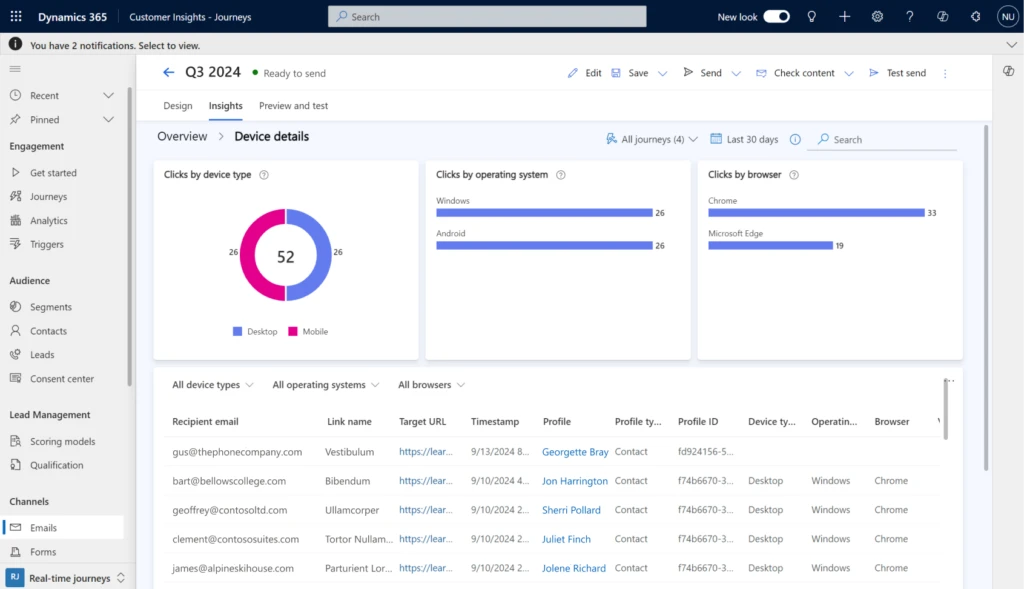In email marketing, tracking metrics has been the key to understanding and improving campaign effectiveness. For years, one of the most reliable metrics has been the open rate, but as the digital landscape evolves, so do the challenges of accurately measuring this essential statistic. In this article, we’ll explore why open rates are becoming less reliable and how you can adapt.
The open rate and the challenges of modern email clients
Traditionally, the open rate—the percentage of recipients who open an email—has been a fundamental metric in email marketing. This metric has been invaluable for marketers, helping them gauge the success of their campaigns and make data-driven decisions.
Email opens are tracked using tracking pixels, tiny 1×1-pixel images embedded in the email content. When the recipient opens the email, the pixel loads from a remote server, sending data back to the sender. However, the reliability of open rates is increasingly under threat due to privacy concerns and changes in how email clients handle images. Here’s why open rates are becoming less dependable:
- Image blocking: Many email clients now block image loading by default. Recipients can open the email and consume its content without loading images. Such opens aren’t counted, resulting in a lower-than-actual open rate being reported. Image blocking is even more prevalent now because of mobile devices that automatically block image loading for privacy, speed, and conserving data usage. This means that a significant portion of your audience might be missed in the open rate calculation.
- Preview panes: Some email clients allow users to preview an email without actually opening it. In these cases, the open rate may register false positives, counting emails as opened when they were merely previewed.
- Privacy concerns: To protect user privacy, email clients and webmail services are increasingly blocking tracking pixels, making it harder to track open rates accurately.
- Apple privacy changes: Apple devices that run iOS 15 automatically open all emails, which can result in an inflated open rate.
The future of email metrics is a dual approach
So, what’s the way forward for email marketers like you who rely on open rates to measure engagement and success? It’s essential to employ a dual approach: improving how to measure engagement and applying strategies to improve engagement itself. Here’s how you can adapt.
Measure engagement more effectively

- Diversify engagement metrics: Instead of relying solely on open rates, evaluate other indicators such as click-through rates, conversion rates, and ROI. These metrics offer a more comprehensive view of your email marketing performance.
- Implement email authentication: Email authentication protocols like DMARC, SPF, and DKIM improve email deliverability and enhance your sender reputation, indirectly affecting engagement rates.
- Use alternative metrics: Consider using alternative metrics like measuring conversion attribution through unique coupon codes or UTM parameters. These tools can help track the direct impact of your emails beyond the open rate.
Strategies for improving engagement
- Personalization and segmentation: Tailoring your email content to individual recipients’ preferences and behaviors can drive higher engagement. By segmenting your audience and sending personalized content, you can increase the chances of your emails being opened and acted on.
- Expand your messaging channels: SMS has a 98% open rate. Start taking advantage of the SMS channel today!
- Test your content: Testing and refining content allows you to continuously improve email performance by identifying what resonates best with your audience using real data. Evaluating device data analytics, such as OS, browser, and device type, along with click heatmap analytics provides deeper insights into how recipients interact with your emails. Using this information, you can optimize design and content for the best user experience across all devices, boosting overall effectiveness and engagement.

- Use your own data: Rely on first-party data such as transactions and in-store visits that can be collected using a customer data platform like Dynamics 365 Customer Insights – Data.
While email opens as a metric is not going away, it’s certainly less reliable. Dynamics 365 Customer Insights already provides an entire suite of capabilities for you to easily tackle challenges like this, and continues to invest in finding solutions that align with the evolving privacy landscape. Together, we’ll navigate these changes and continue to deliver successful email marketing campaigns, maintaining your connection with your audience while respecting their privacy in this new era of digital marketing.
Next steps
Not yet a Dynamics 365 Customer Insights customer? Start your free trial today.






